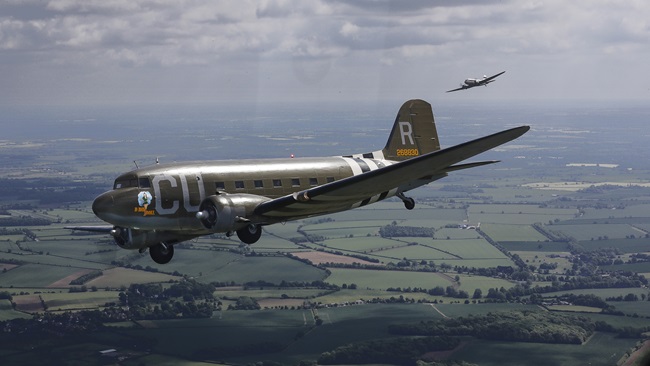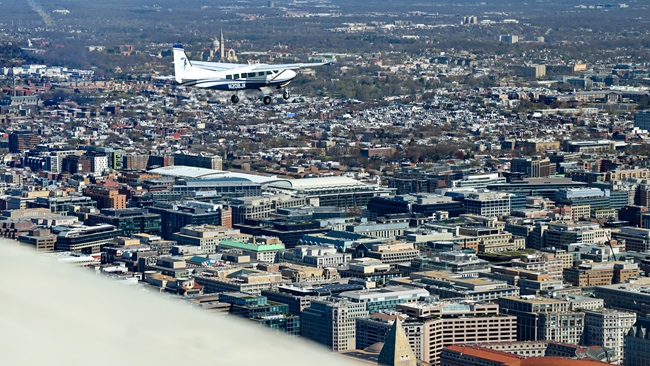NTSB urges changes for Reno aircraft, pilots, course
Details emerge, cause still unknown of deadly crash
Still seeking answers as to what caused an aircraft to lose control at the National Championship Air Races in Reno, Nev., Sept. 16, the NTSB shared details of its investigation with the public April 10 and offered recommendations to improve safety at this year’s event.
In the seconds before the deadly crash of Jimmy Leeward’s modified P-51D Galloping Ghost, the aircraft experienced rapid, unanticipated G forces that exceeded the limits of its 9-G accelerometer and normal human consciousness, NTSB chair Deborah Hersman explained in a news conference. Hersman recommended increasing oversight of aircraft airworthiness after modifications, providing G-force training for pilots and evaluating the feasibility of requiring them to wear G suits, and reevaluating the race course.
The board did not offer a probable cause for the accident, but reconstructing the events through videos, telemetry data, and more than 500 still photographs traced the start of the accident sequence to a roll upset after the aircraft rounded Pylon 8 in the third lap of the Unlimited Class qualifying round.
Between pylons 8 and 9 the aircraft rolled sharply left to a bank angle of about 90 degrees, an as-yet-unexplained upset that the NTSB described as the beginning of a sequence that resulted in 11 deaths and scores of casualties. In the next nine seconds, the aircraft pitched up sharply, shot into the air, and plunged into the box seat area in front of the main grandstand. Hersman played video and showed photographs illustrating key moments of the flight.
The first visual evidence of something abnormal is in a photograph taken as the aircraft rolled back to the right after the upset, Hersman said: The left trim tab, which had been deflected up, was moving downward as the tailwheel began to extend from its housing. However, it wasn’t until six seconds after the initial roll upset, she said, that the trim tab departed from the aircraft—a departure that had led to widespread speculation after the crash.
The board issued recommendations that focused on validating the structure and performance of modified airplanes, preparing pilots to endure potentially high G loads, and evaluating the race course—potentially changing it to minimize maneuvering near spectators.
While the course met the FAA requirement for 500 feet of separation between spectators and the show area, the NTSB questioned if that was appropriate, urging the Reno Air Racing Association to review the design of the course and the FAA to review and correct its guidance for air races. The board also called for engineering evaluations or flight demonstrations within the anticipated flight envelope before modified aircraft are allowed to race: Galloping Ghost had not flown that fast since it was modified in 2009 to increase its speed, Hersman said. “Our investigation found that this pilot in this airplane had never flown this fast on this course,” she said.
The high speed took its toll on the pilot, as well, when it reached 9 Gs on the turn, Hersman said, pointing to photographic evidence that the pilot appeared to lose consciousness. The board called for the Reno Air Racing Association to provide high-G training to pilots and evaluate the feasibility of requiring them to wear G suits when competing.
Some safety issues the board identified—such as a lack of a system to track discrepancies and their resolution during pre-race technical inspections, and the location of a fuel truck on the ramp—did not play a role in the crash, Hersman acknowledged, but led to safety recommendations intended to increase overall safety.
“We are issuing these important safety recommendations today and we believe that if they are implemented they can improve the safety at the next air race,” she said. The Reno Air Racing Association plans to move forward with an event this September.


